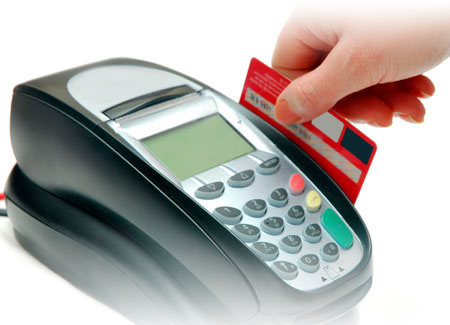|
|
|
|
CHAPTER 5: How to Get a Merchant Account for a Brand New High-Risk Business
Why were we doing it? More importantly, how is a merchant which has just set up a business that the Visas and MasterCards of the world happen to classify as “high-risk” supposed to accept the credit card payments of its customers if UniBul and its competitors (yes, they do it too) can’t even be bothered to take a look at their paperwork? Well, the former question is a simple one to answer, but the latter one deals with the most intractable issue that has ever confronted me in my professional life. So I thought it was about time I said a few words on the subject and, hopefully, help those very few new high-risk businesses which do stand a chance make the most of it.
Why Do We Ignore New High-Risk Merchants?
OK, first let me clearly identify the type of merchants I have in mind, as high-risk can be a quite nebulous category. So I’m not talking about garden variety high-risk merchants — things like e-commerce businesses selling vitamins, concert tickets, telephone prepaid cards, subscription-based services, financial counseling, dating, etc. If you operate such a business, there are many processors, UniBul very much included, which will easily and quickly build a great solution for you as a matter of routine. No, I’m talking about seriously high-risk operations — things like adult, companion and escort services, airlines, credit repair, virtual currencies and various money services, multi-level marketing (MLM), pharmaceuticals and nutraceuticals, replicas, etc.
The biggest issue with any new business, from a payment processor’s perspective, is the uncertainty as per whether or not it would end up generating sufficient sales volumes to justify the effort of going through the review and application processes and, more importantly, taking on the inherent underwriting risk. Now, in most industries the risk is low enough for underwriters not to worry about it all that much — if things begin to go wrong, it would be a gradual process and they would have plenty of time to react. The merchant’s funds would be frozen, a review of its business practices would be initiated and, if the merchant is found not to be quite up to snuff, its service would be terminated. Its low-risk status, if properly issued, would ensure that the stream of chargebacks in the subsequent six months (beyond that chargebacks cannot be initiated), would be manageable and the frozen funds would be sufficient to cover the potential losses.
The issue with high-risk, on the other hand, is two-fold. To begin with, chargebacks can get out of hand in an instant, especially if the merchant’s volume is growing too fast, often triggering a quickly-growing number of customer complaints in the process. Yes, the merchant’s funds would be frozen immediately and there is the added buffer of the ten-percent reserve, but even that may not be enough to protect the acquirer from suffering a substantial loss. To make matters worse, Visa and MasterCard may intervene and impose additional penalties on the acquirer whose good standing with the associations may be at risk. As you see, it’s not a pretty picture.
So what is a new high-risk business to do?
What You Should Do to Improve Your Chances
Whatever you do, if you’ve just started a high-risk business, getting a merchant account would be a very difficult task, but there are steps you can take to improve your chances. The first thing you should do is make sure that all of your paperwork is in order: business incorporation documents, any permits and licenses that may be required, initial financial statements, bank letters, utility bills, personal tax returns, etc. However, all that by itself would not be nearly enough. You would also need a business plan and ambitious one at that. Crucially, however, your ambition must be firmly grounded in reality: your business structure must be sound and your partners and associates capable of carrying out your strategy. Oh, there is one more thing: your business needs to be very well-capitalized. There is nothing like plenty of money in the bank to soothe the nerves of a jittery underwriter of high-risk merchant accounts.
Unless you comply with the above requirements (and can clearly prove it), there is no point in reaching out to a high-risk payment processor — not only would you be wasting your own time, but later on, when you are finally ready, the processor may not be willing to pay much attention to someone who had been so ill prepared for the task at hand just a couple of months before.
Let’s assume that you got over that initial hurdle and supplied all of the required paperwork. A couple of days later, your prospective processor would get back to you asking for additional information and / or paperwork, it is inevitable. Make sure that you respond quickly and do all that is asked of you. If you need time, let the processor know. The process may repeat itself, but if you give the processor all it needs, you stand a very good chance of getting your merchant account. Now, although it would be perfectly acceptable to feel good about yourself, this would not be a good time to let your guard down, far from it. Getting a merchant account approved and set-up and keeping it in good standing in the long run are two separate things, but that is a topic for a future post.
The Takeaway
If you’ve taken what you’ve just read to mean that the average high-risk merchant would be out of luck, you are correct. Neither UniBul, nor any of our competitors that I know of, would spend any time on a high-risk merchant which doesn’t hold the promise of generating a substantial sales volume ($100,000 monthly would be a useful guide) somewhere down the line and preferably sooner rather than later. The downside is simply too great to ignore. For everyone else, however, the objective is well within reach, so long as they follow my suggestions.
|
|
|
















